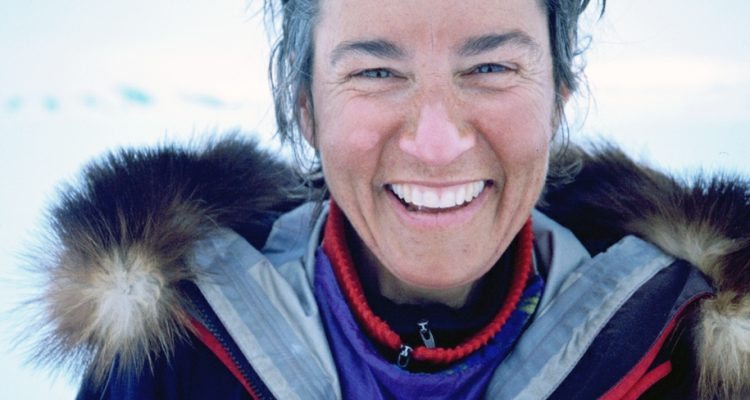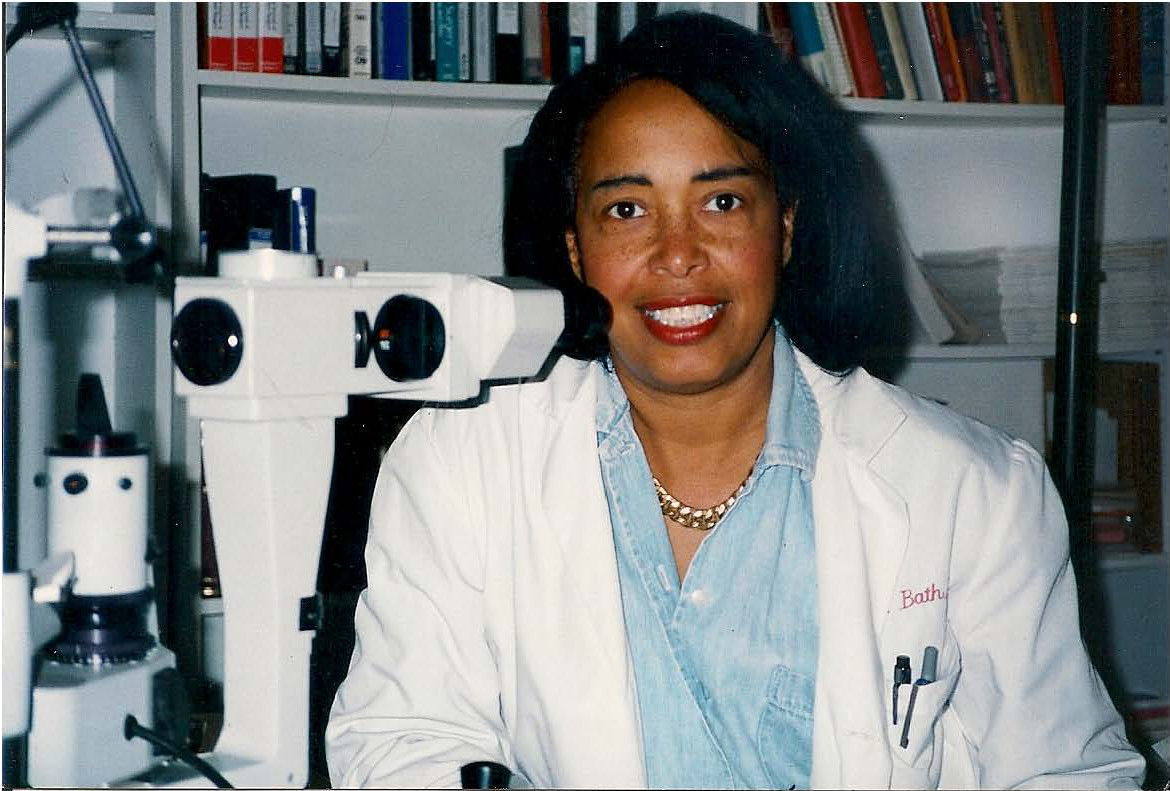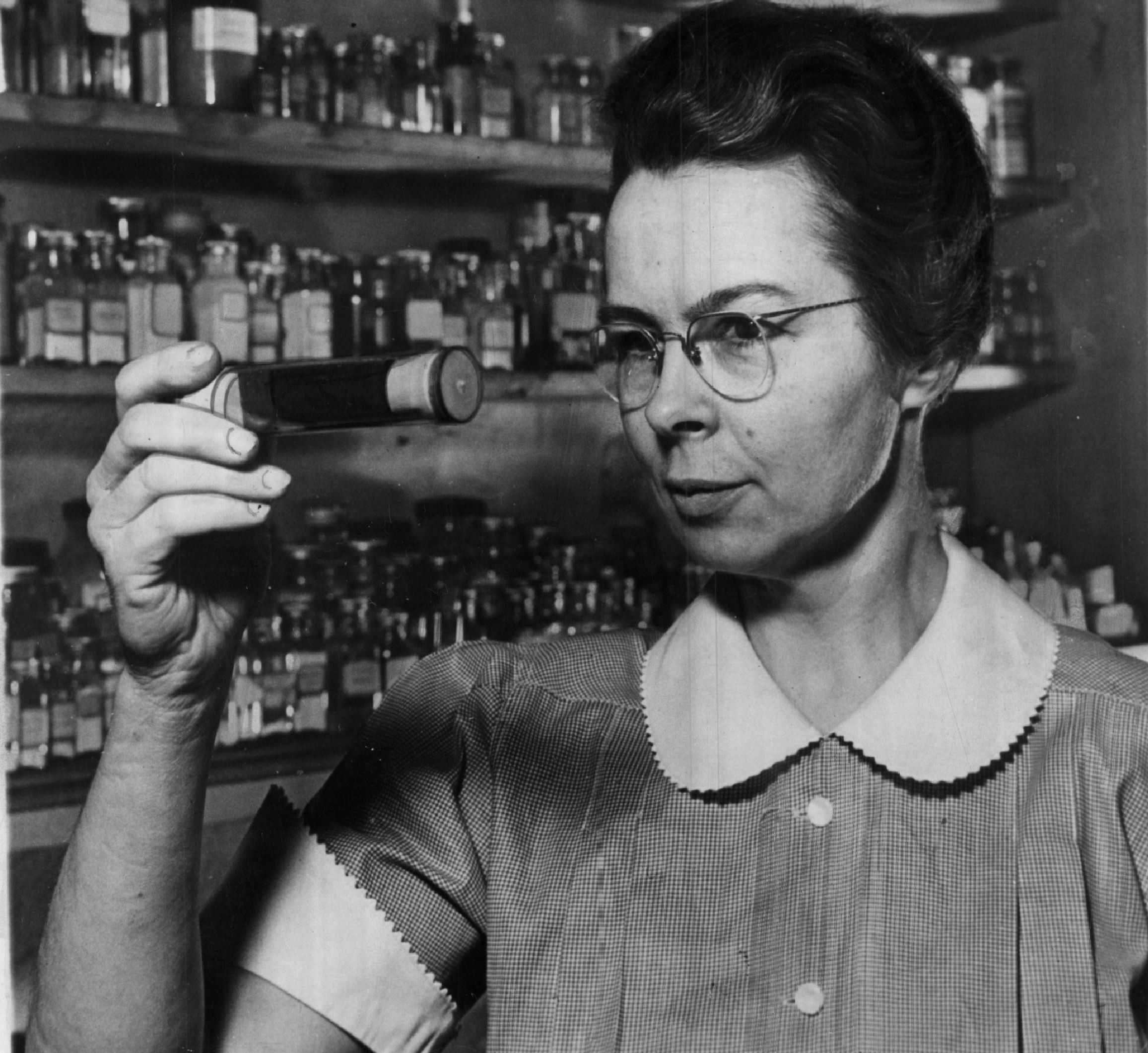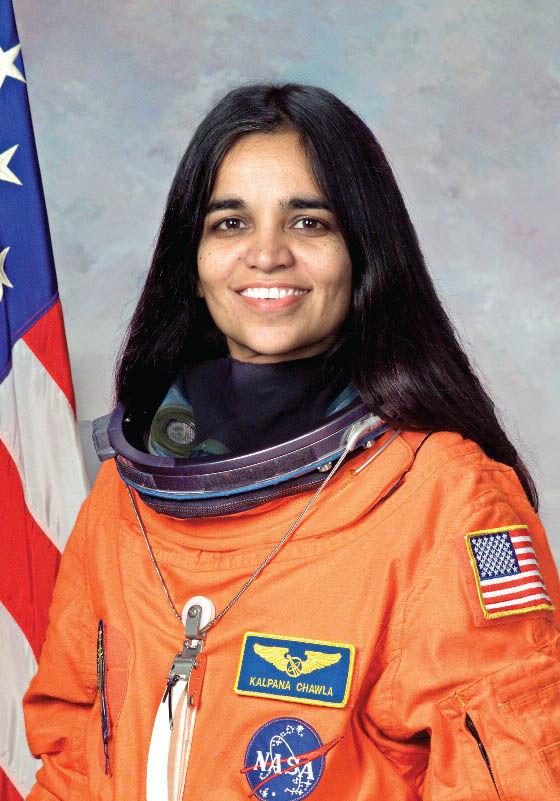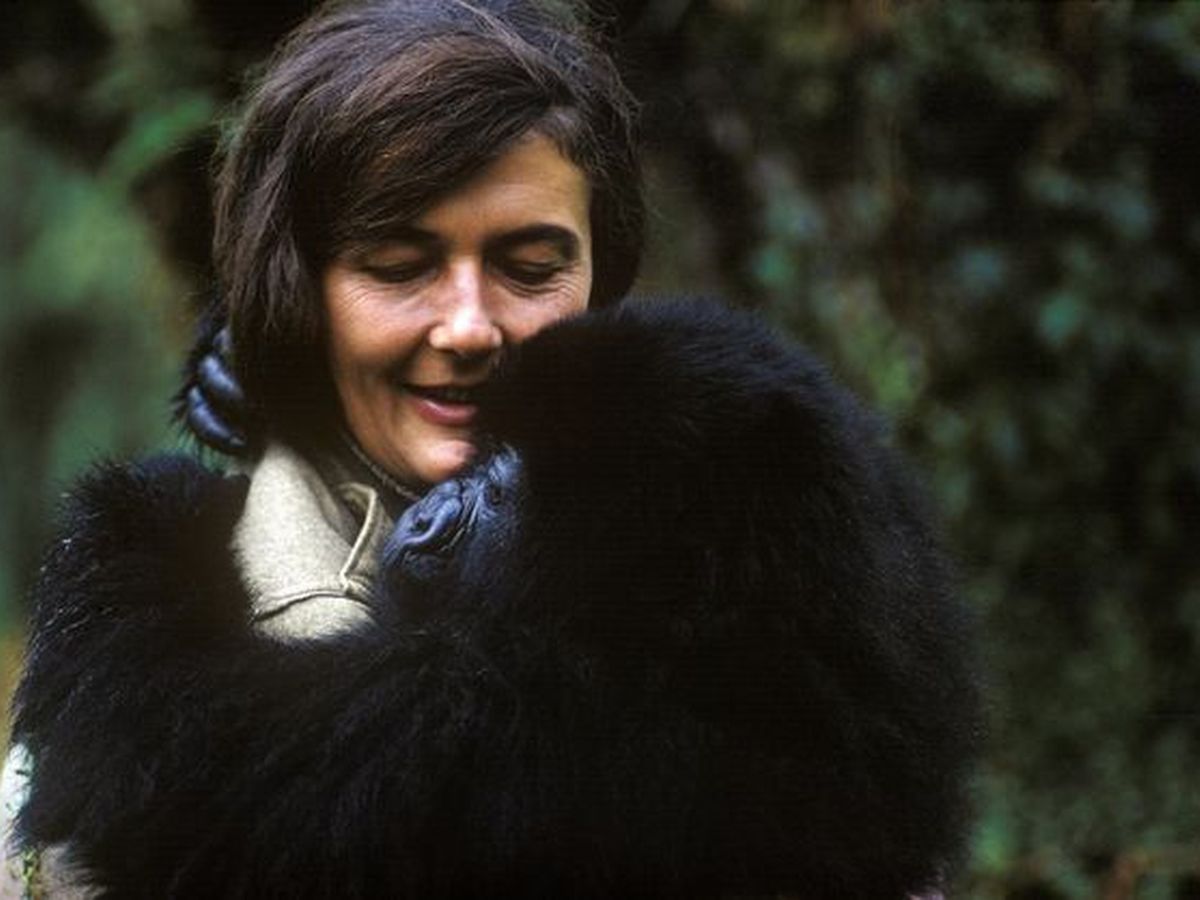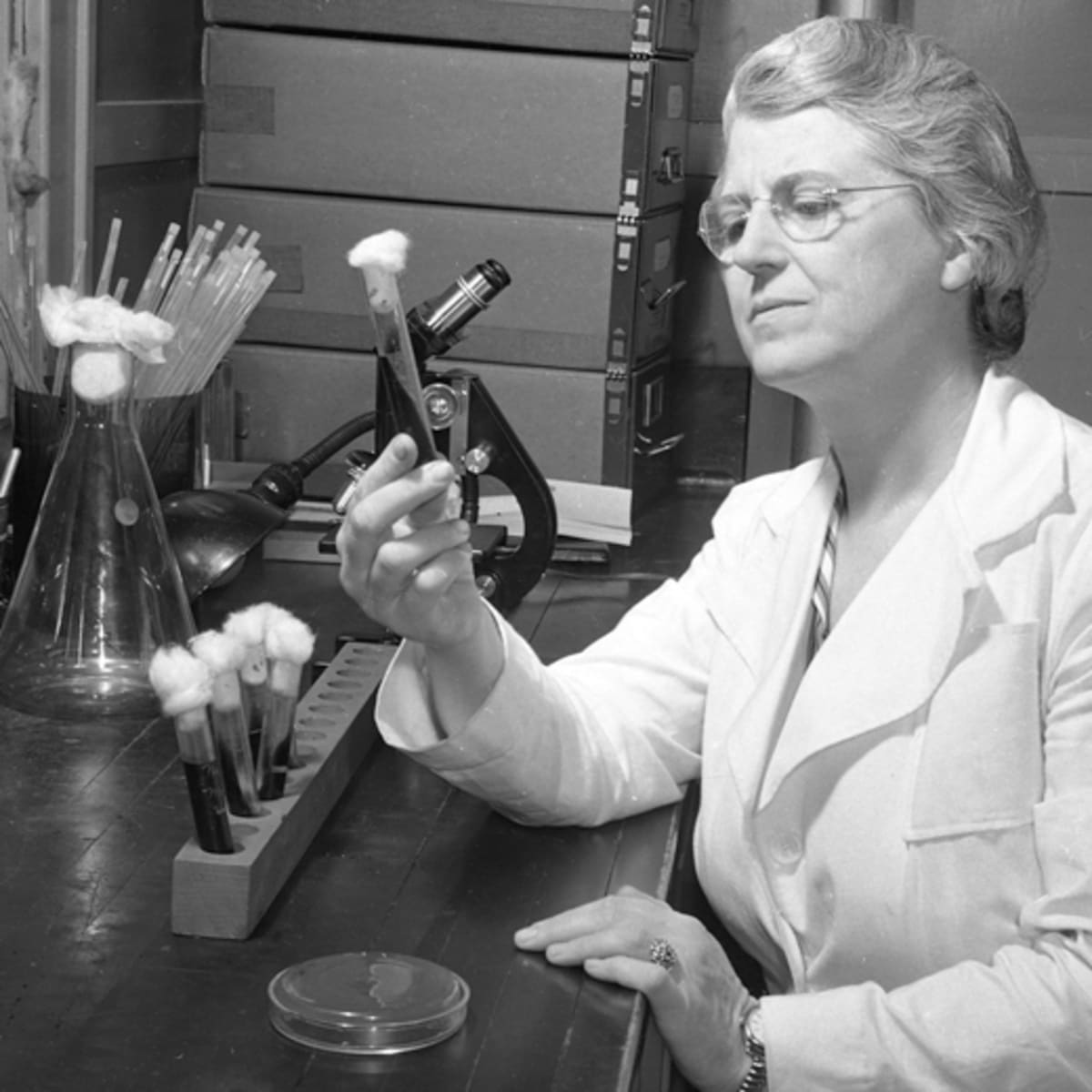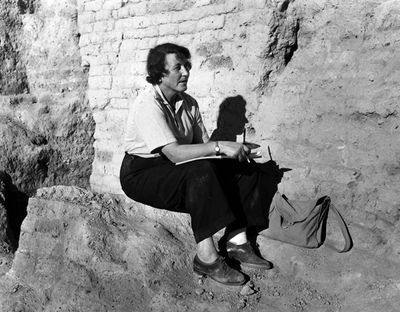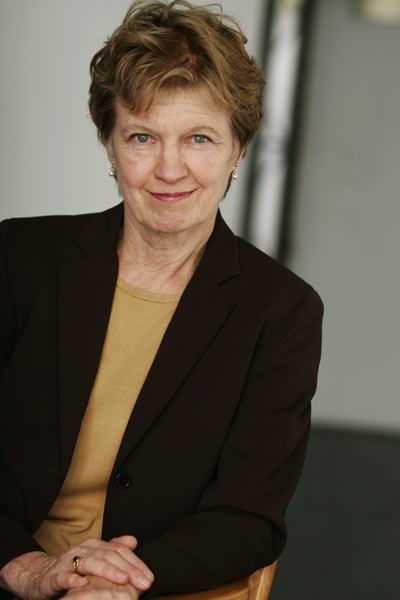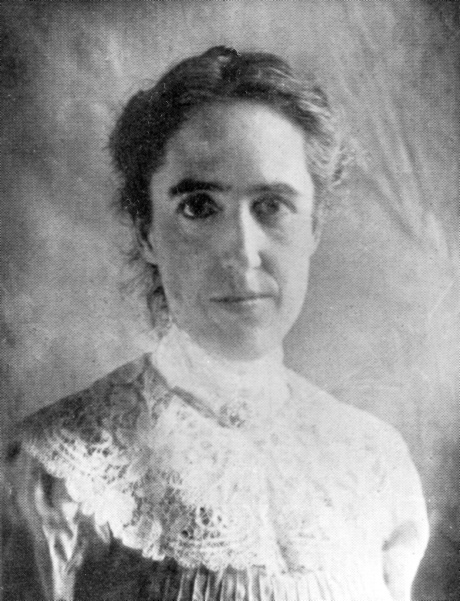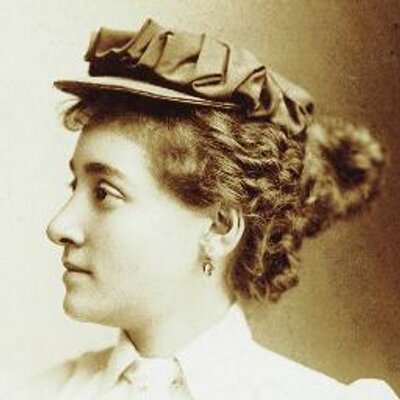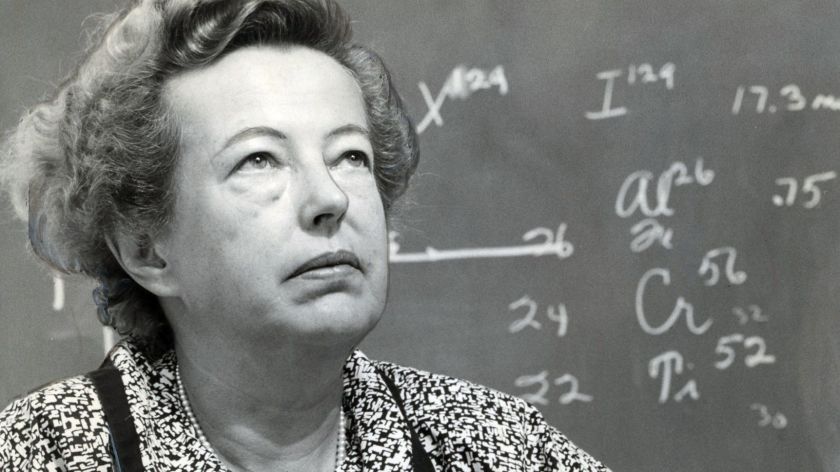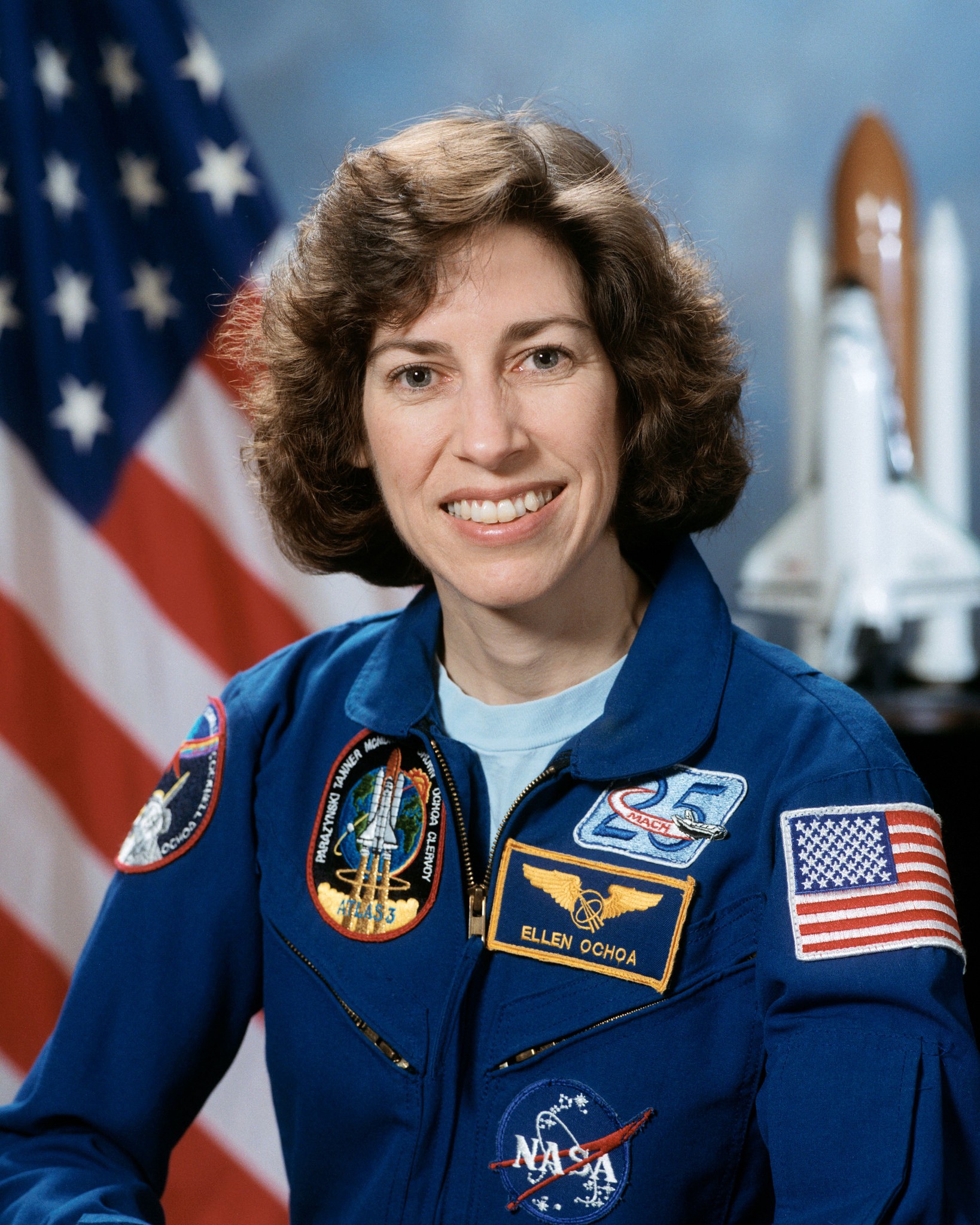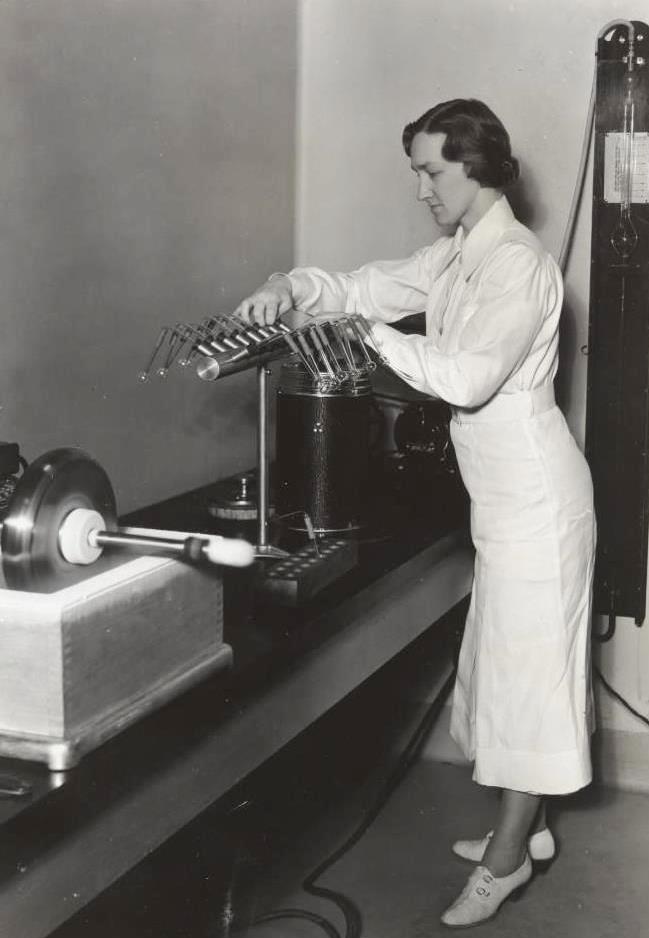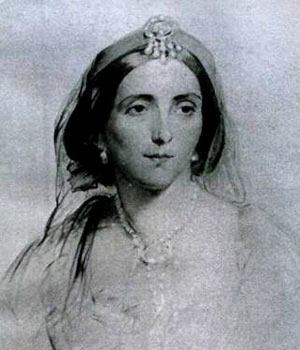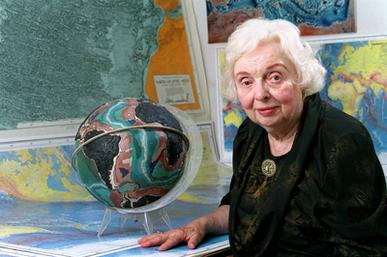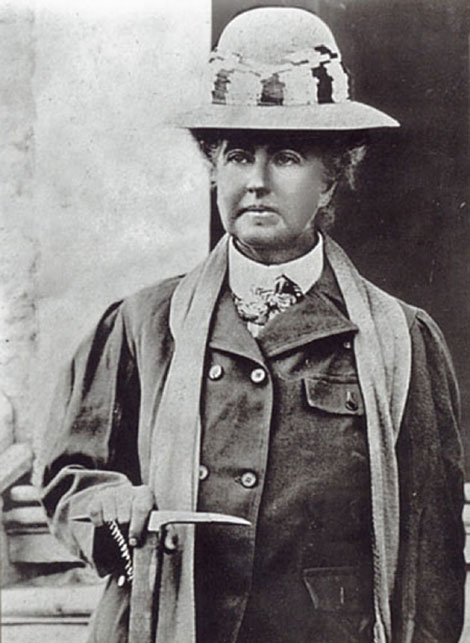Ann Bancroft (b. 1955) was the first woman to participate and finish expeditions to the Arctic and Antarctic. Her courage and determination in harrowing conditions on numerous expeditions throughout her lifetime has garnered her a place in the National Women’s Hall of Fame. Ann is a University of Oregon graduate and was named one of history’s greatest polar explorers in 2011. In addition to adventuring, Ann is an author, teacher and speaker.
Women of Discovery
The spirit of discovery and exploration is alive and can be found in nearly every nook and cranny of Discovery West. Even something as simple as the street you live on can hold a story as we celebrate significant discoveries in the fields of medicine, technology, science, space and geography (just to name a few) throughout history. These discoveries—and the amazing people behind these discoveries—have saved lives, increased knowledge and defied odds for centuries.
To honor a few of the people who made these discoveries, we’ve named nearly all of the streets in Discovery West after 19 intelligent, courageous, inquisitive and inspiring women who have contributed so much to our world. That’s right, all our neighborhood streets bear the surnames of those who have undertaken careers as explorers of land, space, animals, history and the world around us. Each of these courageous and accomplished women has a fascinating story. Read below to learn the inspiring story of Discovery behind your street name…


